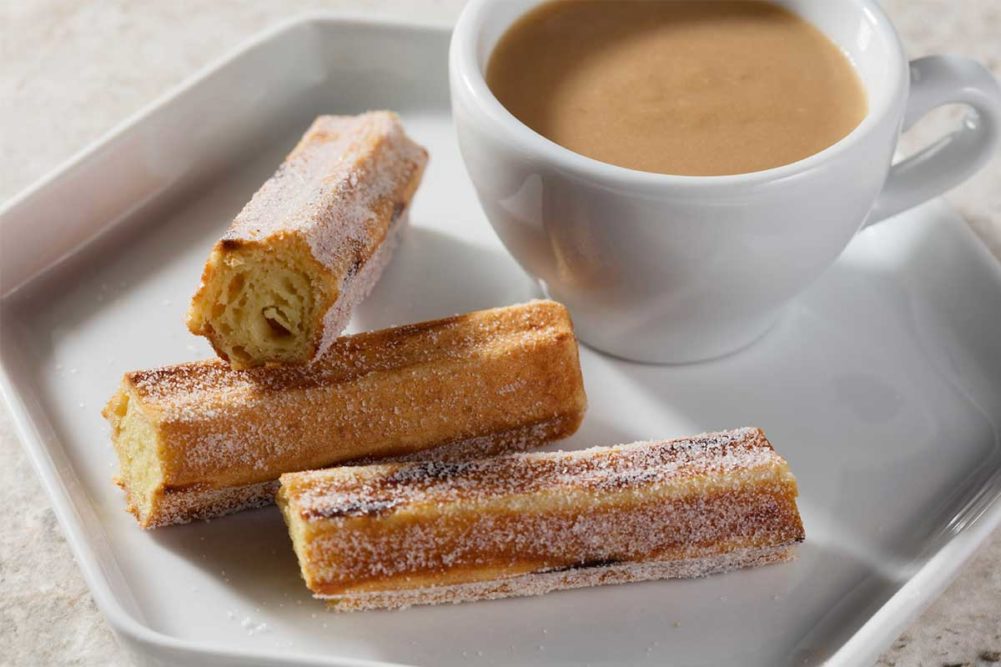For bakers looking to use less sugar or find a replacement when their regular sweetener is in short supply, some ingredients can be used to bolster the flavors and sweetness of baked foods.
Bakers who may be tempted to reduce sugar altogether should keep in mind that sugar, like salt, is a flavor enhancer, said Melissa Riddell, head of innovation and technical services, Batory Foods.
“Reducing sugar in your baked goods results in the flavors of other ingredients like butter, vanilla or chocolate to become less noticeable or even bland,” she said. “Cocoa is another ingredient that requires a certain amount of sugar to balance the bitter notes. Too much sugar reduction will result in enhanced bitterness. The same can be experienced in muffins when using whole wheat flour where bitter notes can be tasted. Honey has been found to help to balance the overall flavor profile in this particular application.”
At usage levels specified by the Flavor and Extract Manufacturers Association, certain sweeteners may be used as ingredients with flavor modifying properties (FMPs) and labeled as natural flavors, said Eric Shinsato, senior project leader, innovation and technical service, sweeteners, Ingredion.
“In the case of stevia-based sweeteners, some can be used as FMPs and can enhance sweetness and potentially extend citrus, dairy and savory flavors,” he said. “The stevia-based FMPs can also help to minimize some of the bitterness associated with alternative grains and proteins. FMPs are best used in conjunction with bulk and high potency sweeteners.”
Another approach is to combine sweeteners that bring an advantageous pairing.
“Bakers can get the most sweetness enhancements and stretch their sweetener ingredients by benefiting from sweetener synergies,” Ms. Riddell said. “An example of this would be a 50:50 blend of crystalline sucrose and fructose, which results in as much as a 28% increase in sweetener perception with minimal changes to the finished product.”
Casey McCormick, vice president of global innovation, Sweegen, said getting the most from sweeteners starts with quality ingredients.
“After that the deployment of a creative building block approach with taste modulators can help optimize sweeteners in those products,” he said. “Taste modulators can help to hide, mask and enhance flavors when a baker removes sugar from a recipe. The product must be adjusted to balance flavor and compensate for other attributes such as masking off-tastes or enhancing flavors that intensify desirable ones.”
Yanling Yin, PhD and director of bakery applications at Corbion, said that manufacturers can use natural enzymes to cut the amount of sugar during product processing.
“Enzymes reducing sugar might not give the exact same perception of sweetness as sugar, but they introduce a certain degree of sweet taste,” she said.
Thaumatin also can be used as part of a clean label sweetness or flavor modulation system.
“This will enhance the sweetness if they are looking just to reduce added sugars but not eliminate them,” said Thom King, chief executive officer of Icon Foods.
Jeff Hodges, bakery scientist, snacks and baking, ADM, said that bakers can optimize their sweeteners for greater cost savings.
“Notably, our glucose-fructose syrup helps to maintain important sweetness, flavor and functionality in bakery items and certain breads, while also providing a cost-sensitive solution,” Mr. Hodges said.
Bakers who need to explore alternative sweeteners have many options. It’s important that they keep their goals in mind and be open to new ideas, optimize the sweeteners they are using and ensure that they are choosing options that maintain the quality of their products that consumers are expecting.
This article is an excerpt from the May 2022 issue of Baking & Snack. To read the entire feature on Sweeteners, click here.





